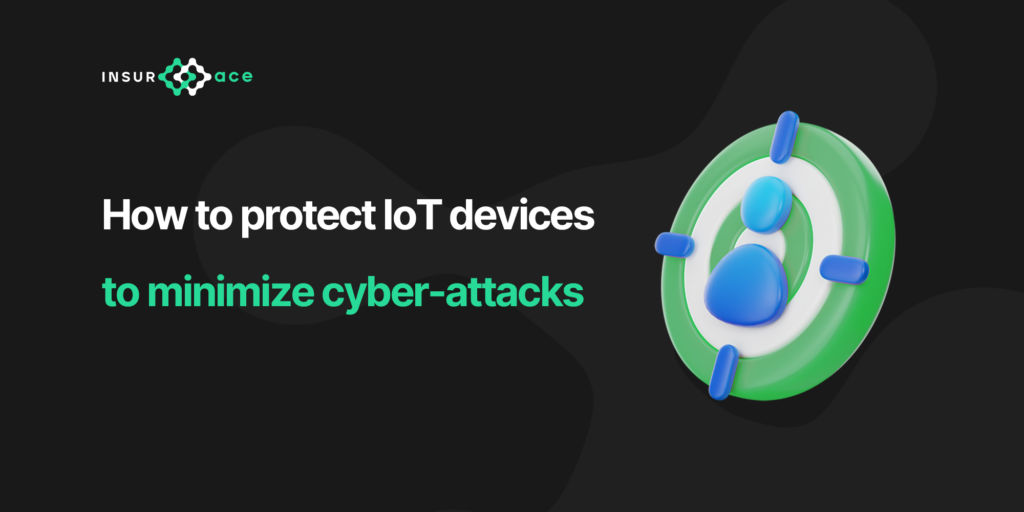The Internet of Things (IoT) is a combination of technologies that connect the physical and digital worlds, and its security is one of the top concerns for web3 transformation and innovation leaders. There have been a lot of cases of IoT devices being hacked by criminals looking for vulnerabilities and successfully hacking them.
As more devices are connected to the internet, the data becomes more attractive to cybercriminals (via ransomware, etc). That’s why it is important to protect your IoT devices from becoming victims of cybercrime, and here we are going to explain how you can protect your devices from cyber-attacks.
1. Get a stronger password:
This first step to improving IoT security may seem obvious, but some people forget to change the initial passwords that were given in the moment. After updating your password, you should change it periodically.
Also, avoid using the same password you have been using since you were young and used Internet Explorer.
2. Make sure your network services are secure:
You can protect your devices connected to IoT by implementing proactive security measures in software. Providing protection measures to have access to the software is one of the best ways to safeguard devices from potential attacks.
Don’t let your IoT devices initiate network connections on their own because critical data could end up being leaked if programs aren’t blocked behind firewalls or restricted from use.
3. Lack of transport encryption
It allows data to be viewed as it transfers over local networks or the internet. This wireless network may be misconfigured, and traffic will be visible to everyone within range of that wireless network. Automated tools can also search for the correct implementation of Common transport encryption such as SSL and TLS.
Configure the transport encryption by reviewing the network traffic of the device, its mobile application, and any cloud connections to determine if any data is clear. The use or lack of use of Secure Socket Layer (SSL) or TLS can also be reviewed to ensure it is in use and properly implemented.
4. Protect against IoT ID spoofing
Hackers are getting smarter every year, which is very disadvantageous to IoT security. Many disguise their computers as trustworthy devices, so you must verify the identity of your IoT devices you connect with to ensure they are legitimate.
Don’t accept all connections because it increases the risks of being hacked, and once criminals get into your network, they can be harder to get rid of.
Final Words:
This article is written for informational and educational purposes alone and does constitute any form of Financial Advice. Do Your Own Research (DYOR) before making any trading decisions and consult an accredited financial advisor where required.


